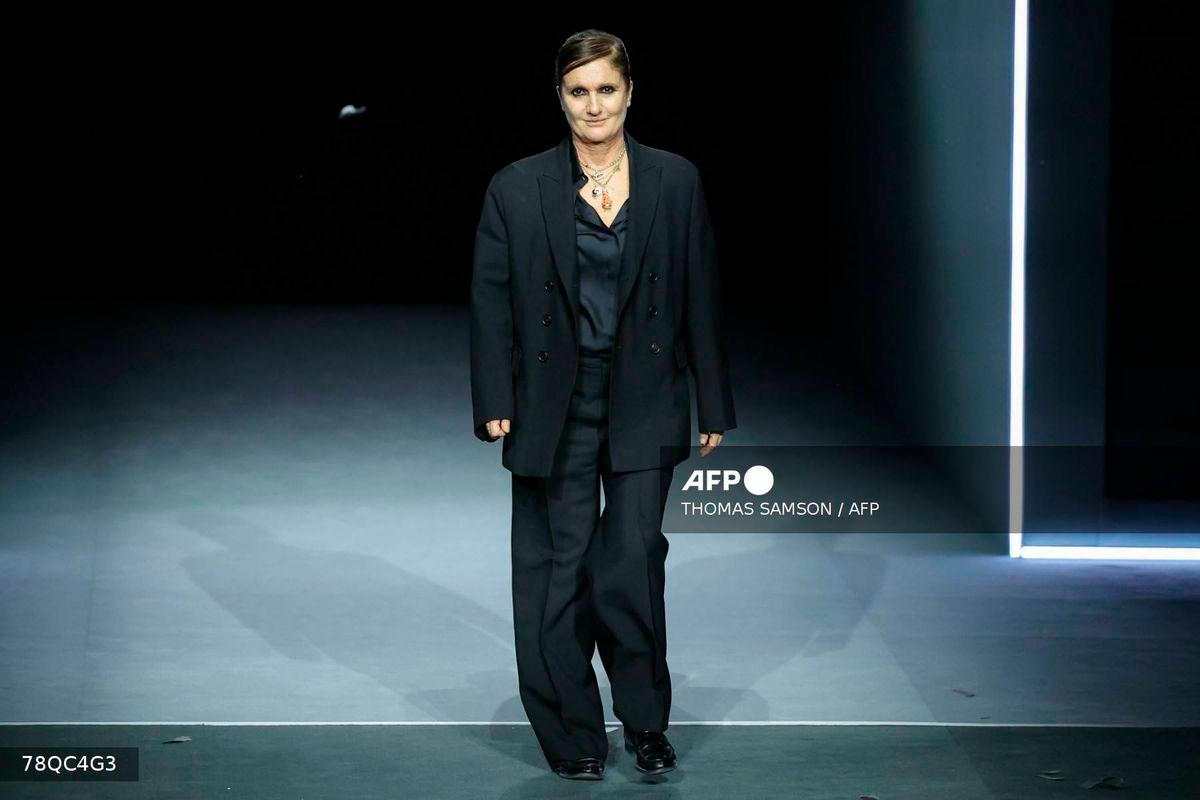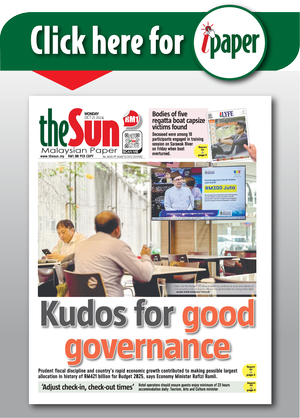PARIS: Women designers are not getting the opportunities they deserve despite a major reshuffle in the global fashion industry.
The recent Spring-Summer 2026 womenswear Fashion Weeks in Paris and Milan revealed a clear gender imbalance in top creative appointments.
Around ten leading labels including Chanel, Dior, Celine, Balenciaga, Loewe and Jean Paul Gaultier unveiled debut collections from new artistic directors.
Major houses in Milan such as Gucci, Versace and Bottega Veneta also showcased freshly appointed designers.
Only one new face taking the final bow was a woman, Britain’s Louise Trotter at Bottega Veneta.
Matthieu Blazy at Chanel and Jonathan Anderson at Dior both replaced high-profile female predecessors in their new roles.
Fashion academic Karen Van Godtsenhoven noted there appeared to be some opening for women just before Covid.
She believes the pandemic brought back more conservative thinking that reinforced traditional male solo designer roles.
American fashion writer Dana Thomas attributes the retreat to conservative elderly male owners dominating luxury conglomerates LVMH, Kering and Chanel.
Thomas expressed disappointment that Chanel missed a major opportunity by not hiring a woman to run the house founded by influential designer Coco Chanel.
She highlighted how labels created by famous 20th-century female designers like Lanvin, Nina Ricci, Schiaparelli and Celine now all have male creative directors.
Recently appointed Sarah Burton at LVMH-owned Givenchy and Maria Grazia Chiuri at Fendi remain rare exceptions in the new male-dominated leadership.
Family-owned Hermes announced its menswear designer Veronique Nichanian was stepping down after 37 years with the company.
Professor Frederic Godart explained multiple factors contribute to male domination at the industry’s top levels.
He cited the historically male-dominated leadership, punishing work culture, and pay inequalities as barriers for women.
Godart described the absence of women in recent major appointments as quite glaring given the industry’s diversity claims.
He identified the persistent myth of the male genius designer as another factor influencing decision makers.
Van Godtsenhoven observed that women at Chanel and Dior were widely seen as transitional figures rather than visionary leaders.
She believes women remain consigned to craft roles while men are viewed as fashion visionaries.
Van Godtsenhoven considers this cliche damaging to both men and women working in the industry.
Fashion schools continue producing a majority of women designers, indicating no shortage of female talent.
Women hold significant management positions at Chanel, Gucci and Dior under Leena Nair, Francesca Bellettini and Delphine Arnault respectively.
Kering reports women hold 58% of management positions and half of its executive board seats.
LVMH did not respond to requests for comment about their gender representation.
Experts note talented female designers are increasingly starting their own labels rather than waiting for opportunities at major houses.
Thomas concluded that a whole generation of really good women designers are simply not getting the breaks they deserve. – AFP









